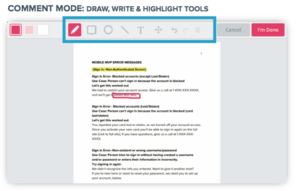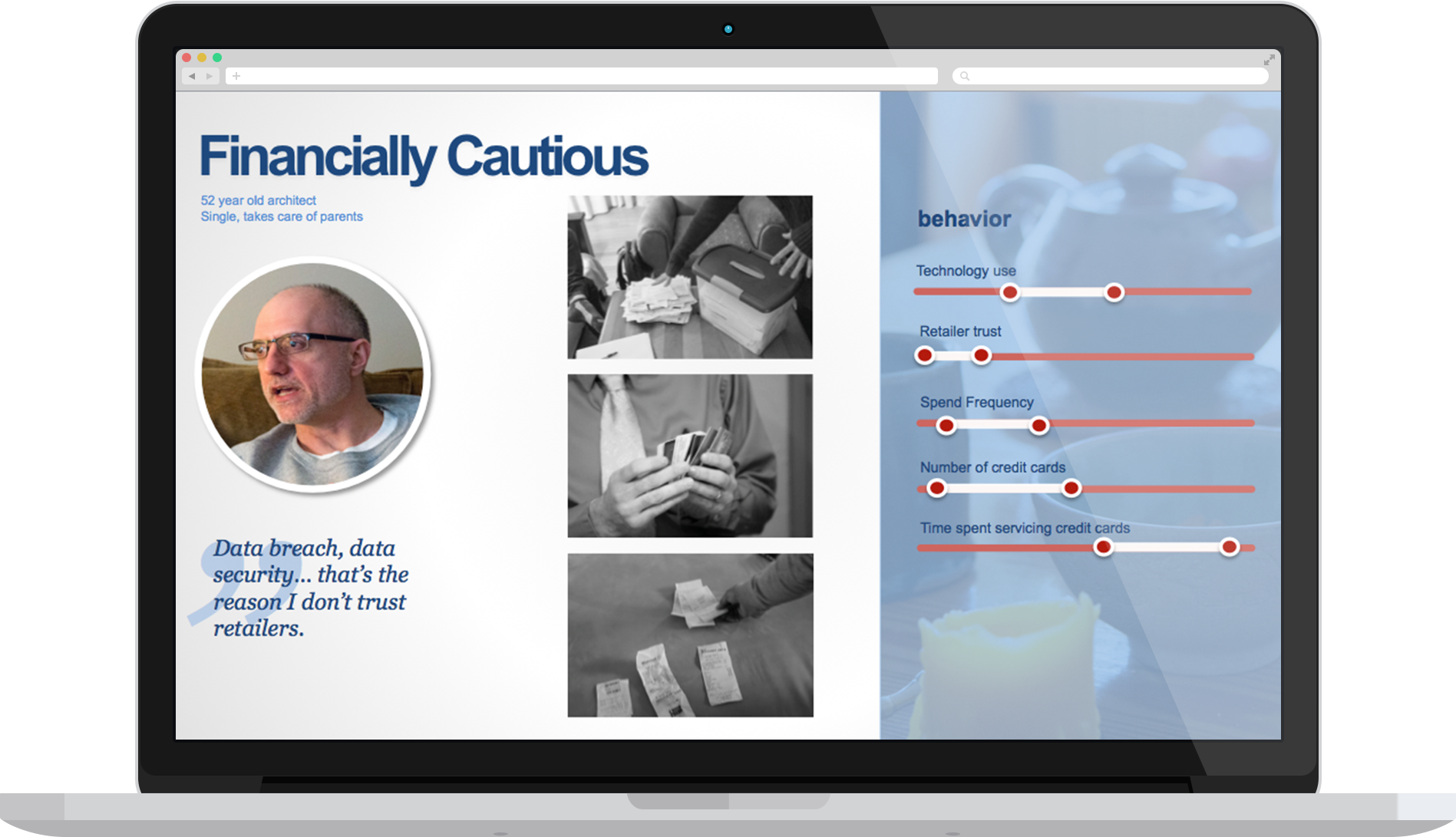When I first landed on the Capital One design team, I was introduced to our seriously messy legacy process for getting content and design approved by legal, compliance, and all of the other stakeholders involved in each particular project. This process is necessarily rigorous (after all, it’s a highly regulated bank), but it didn’t make sense for digital design work. It hadn’t evolved to meet the teams and type of work it was in service of, and because of that, was very broken.
The existing process involved taking screenshots of design comps or live pages, and pasting them into an excel spreadsheet. New, updated copy would be added in a cell next to the pasted image. Then, this enormous Excel file would be emailed around to different stakeholders, who would all make updates and edits to the copy and send it back. The first of these Excel spreadsheets I saw was labeled “Version 32”.
I’m sure you can imagine what could go wrong here. We knew there had to be a better way. Our team's content strategist and I set out to understand this process in it's entirety, so that we could fix it.
Stakeholder Interviews
—
Initially, we spoke with 15 employees (stakeholders) who were engaged in this legacy process to gain an understanding of the pain points, as well as any upsides. These stakeholders were from legal, compliance, brand, design, operations, and tech.
Here's a quick summary:
The documentation (Excel + email threads that could last for months) was cumbersome to maintain
Versioning became complicated and confusing
The original content would not be in the final version, without any context for why changes were made.
Process Blueprint Creation
—
I created a process blueprint to help us describe what we saw happening visually. We used this as a way to socialize our findings intra-team, and to other departments.
Optimizing the Process
—
How could we streamline this approval & distribution process, so that the integrity of the content was upheld throughout the review process, and documentation and versioning could be easily maintained?
The ultimate goals were to:
Reduce time allotted to updating and re-updating the new content, whether in design prototypes or dev environments
Allow for a maintainable historical record of any changes
Create an approval process that involves less time from each stakeholder
Open up lines of communication between stakeholders, so that we were all in sync with what needed to be changed






